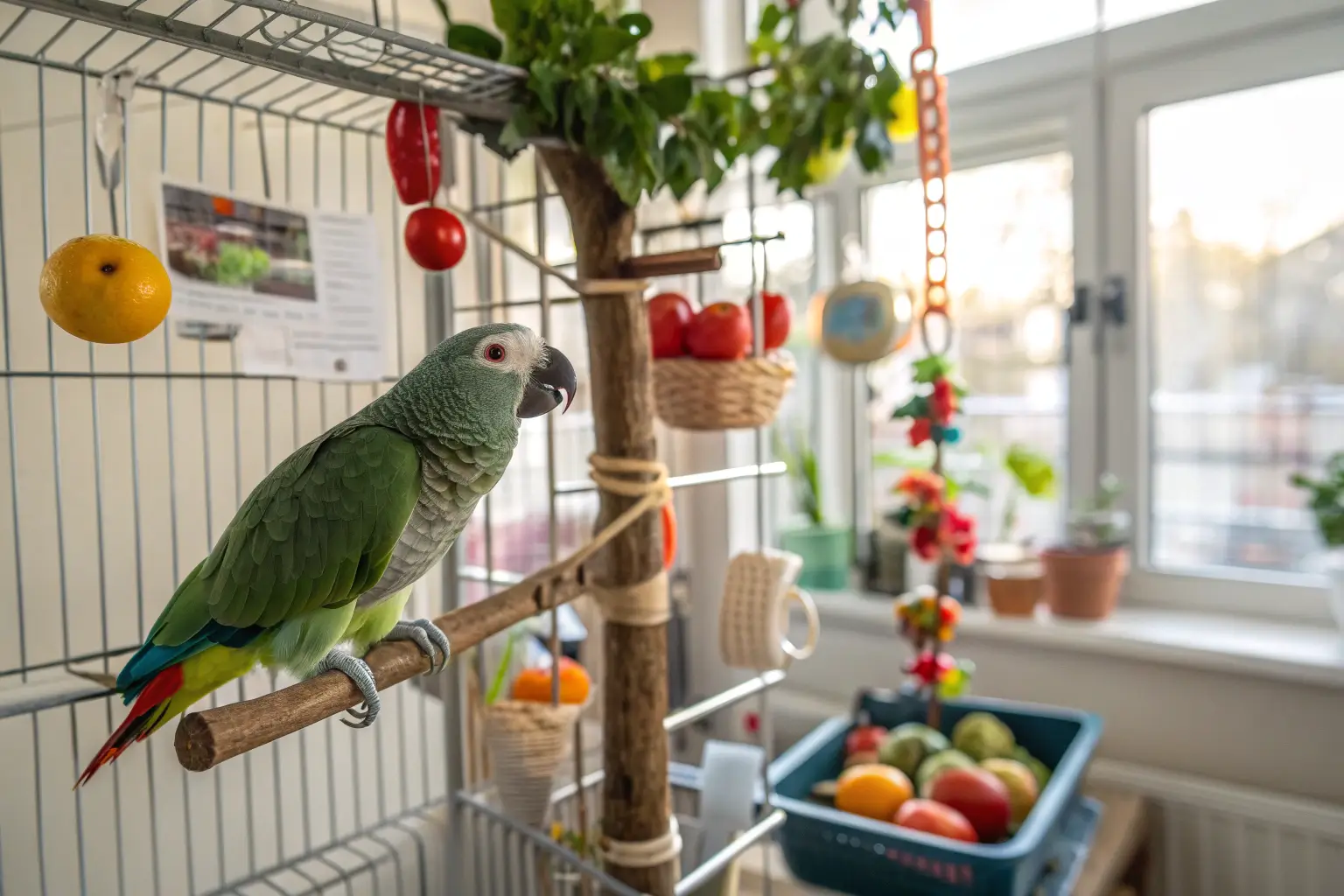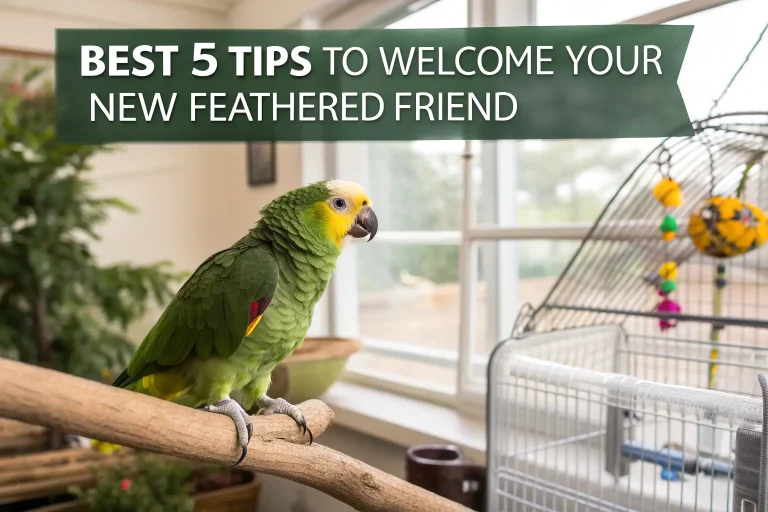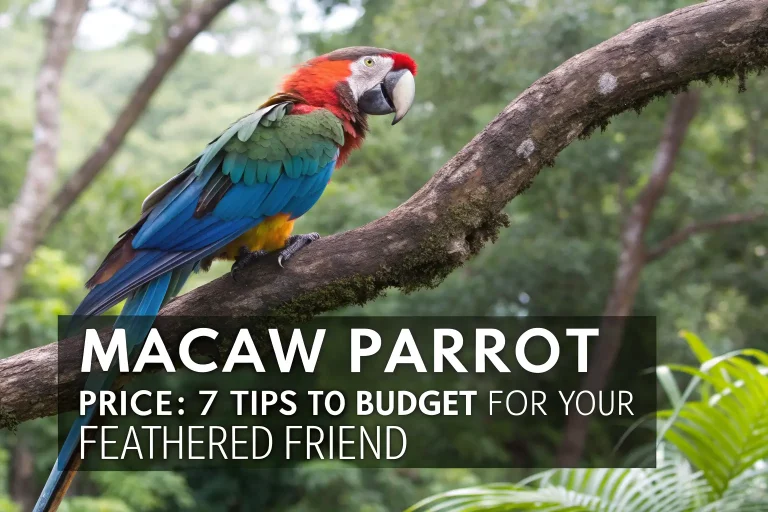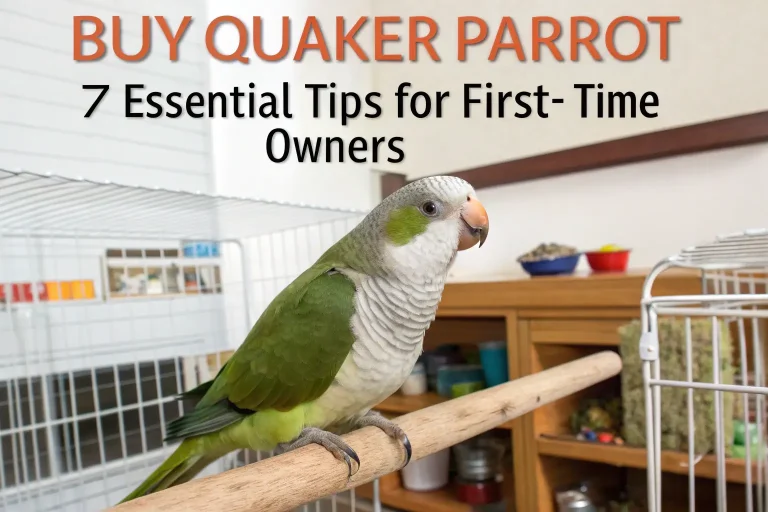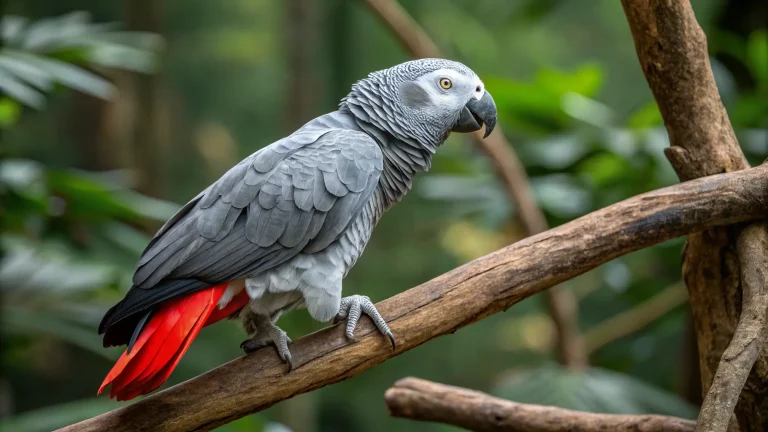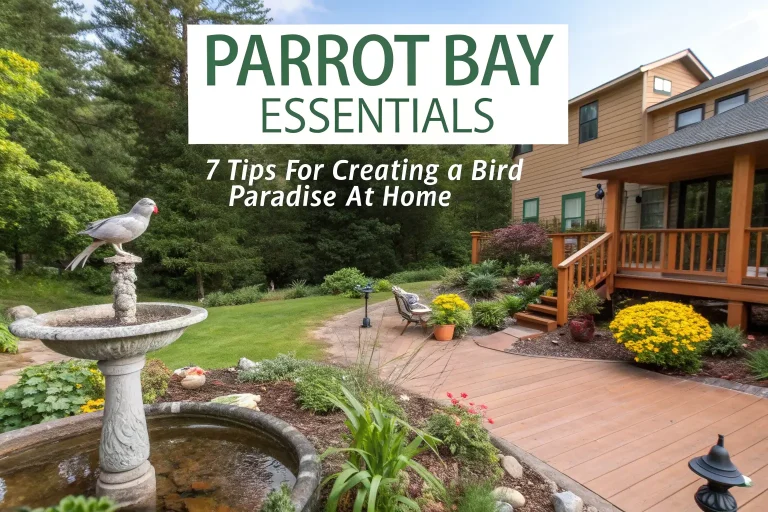Jako Parrot Price: 8 Factors That Affect Your Feathered Friend’s Cost
Introduction
The African Grey Parrot, commonly known as the Jako parrot, stands as one of the most intelligent and sought-after companion birds in the world. With their remarkable cognitive abilities, impressive vocal mimicry, and striking ash-gray plumage, these extraordinary birds have captured the hearts of bird enthusiasts globally. However, anyone considering bringing one of these magnificent creatures home quickly encounters an important question: what is the jako parrot price in today’s market?
Understanding the cost of a Jako parrot involves much more than a simple price tag. The investment ranges substantially—from $1,000 to well over $3,500—depending on numerous factors that influence both initial purchase price and long-term care expenses. Before committing to this 50+ year companion, it’s crucial to comprehend what drives these costs and how to make an informed decision.
Did you know that Jako parrots can develop vocabularies of up to 1,000 words and have demonstrated the intelligence equivalent to that of a five-year-old child? This exceptional cognitive capacity is just one reason these majestic birds command premium prices in the exotic pet market.
Species Overview
Scientific Name
The Jako parrot’s scientific classification is Psittacus erithacus, belonging to the family Psittacidae. This taxonomic designation distinguishes it from other parrot species and identifies it as part of the true parrot order.
Physical Characteristics
The African Grey Jako typically measures between 12-14 inches in length and weighs approximately 400-490 grams. Their most distinctive feature is their uniform gray plumage complemented by a bright red tail. Their beaks are black and powerful, and they possess dark eyes that reflect their remarkable intelligence. The feathers have a stunning powdery appearance that gives them an almost silvery look in certain lighting conditions.
Subspecies
Two primary subspecies influence the jako parrot price:
Congo African Grey (Psittacus erithacus erithacus) – Larger with lighter gray plumage and traditionally more common in the pet trade.
Timneh African Grey (Psittacus erithacus timneh) – Slightly smaller with darker gray coloration and a maroon tail instead of bright red. Generally commands a lower price point than the Congo variety.
The subspecies distinction is important when considering purchase costs, as Congos typically fetch higher prices due to their popularity and classic appearance.
Habitat and Distribution
Natural Habitat
In their native environment, Jako parrots thrive in lowland primary and secondary forests, forest edges, clearings, gallery forests, and mangroves. They prefer densely wooded habitats that provide ample food sources and nesting opportunities high in tree cavities.
Geographic Range
These magnificent birds naturally inhabit a broad swath of equatorial Africa. The Congo African Grey’s range spans from southeastern Ivory Coast to western Kenya and Tanzania, down to Angola and eastern South Africa. The Timneh subspecies is found in a more limited region of western Africa, including Guinea-Bissau, Sierra Leone, Mali, and the western parts of the Ivory Coast.
Adaptations
Jako parrots have evolved specialized adaptations that enable them to thrive in their forest environments. Their strong beaks allow them to crack nuts and seeds, while their zygodactyl feet (two toes forward, two backward) provide exceptional dexterity for climbing and manipulating objects. Their remarkable intelligence represents an evolutionary adaptation that allows them to navigate complex social structures and remember food locations throughout changing seasons.
These adaptations contribute to their allure as pets and directly impact the jako parrot price, as breeders must replicate aspects of these natural conditions for successful breeding programs.
Diet and Feeding Habits
What It Eats
In the wild, Jako parrots consume a diverse diet consisting of fruits, nuts, seeds, berries, leafy material, and occasionally insects and their larvae. Their preferences include palm nuts, papaya, figs, and various seeds—nutritional requirements that responsible owners must replicate in captivity.
Hunting or Foraging Behavior
African Greys are systematic foragers that typically feed in the upper canopy of forests. They use their exceptional problem-solving abilities to access difficult food sources and often travel considerable distances in flocks to reach seasonal food resources. Their daily routine involves morning and late afternoon feeding excursions.
Dietary Needs
Proper nutrition significantly impacts a Jako parrot’s health and longevity. In captivity, their diet should include:
- High-quality pellet formulation (50-60%)
- Fresh vegetables and fruits (30-40%)
- Limited nuts and seeds (10-15%)
- Occasional healthy protein sources
The jako parrot price can increase substantially when factoring in specialty foods designed to support optimal health. Monthly food costs typically range from $50-100 for quality nutrition, representing a significant ongoing investment beyond the initial purchase price.
Behavior and Social Structure
Social Behavior
Jako parrots are highly social birds that naturally live in large flocks ranging from 20 to 30 individuals, though they may gather in groups of hundreds at feeding sites. Their complex social hierarchy and interactions have made them a subject of scientific study. In captivity, they form strong bonds with their human caregivers but require consistent social engagement to prevent behavioral issues.
Communication
Perhaps the most famous aspect affecting the jako parrot price is their extraordinary communication abilities. They are exceptional vocal mimics, capable of reproducing human speech with remarkable clarity and appropriate context. Beyond mimicry, they use over 60 distinct vocalizations in the wild and demonstrate an understanding of abstract concepts, making them among the most communicative non-human animals.
Mating and Reproduction
Jako parrots reach sexual maturity between 3-5 years of age. They typically mate for life and nest in tree cavities where the female lays 2-4 eggs. Incubation lasts approximately 30 days, and both parents participate in raising the chicks. Breeding pairs require specific conditions and privacy, which makes captive breeding challenging and contributes to the high jako parrot price from reputable breeders.
8 Factors Affecting Jako Parrot Price
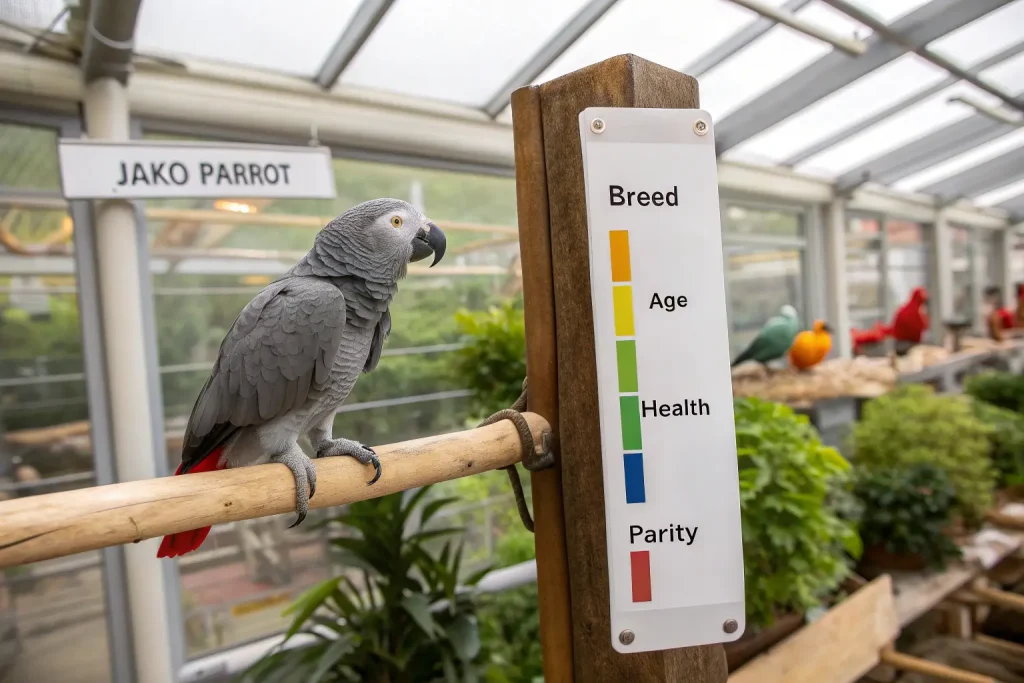
1. Age of the Bird
The age of a Jako parrot significantly impacts its price:
- Baby birds (unweaned): $1,200-$1,800
- Young weaned birds (4-16 weeks): $1,800-$2,500
- Juveniles (6 months-3 years): $1,500-$2,200
- Adults (3+ years): $800-$1,500
Younger birds typically command higher prices because they can be more easily socialized and bonded with new owners. However, they also require more intensive care during their developmental stages.
2. Subspecies and Coloration
As mentioned earlier:
- Congo African Greys: Generally $1,800-$3,500
- Timneh African Greys: Generally $1,200-$2,500
Rare color variations or exceptional specimens with vibrant tail coloration can sometimes command premium prices from collectors.
3. Breeding Status
The jako parrot price varies significantly based on breeding credentials:
- Pet quality: Birds intended as companions rather than for breeding programs
- Breeding quality: Birds with documented lineage and desirable traits for breeding
- Show quality: Exceptional specimens that meet specific appearance standards
Breeding pairs with proven reproductive success can cost upwards of $5,000-$10,000, representing a significant investment for professional breeders.
4. Training and Socialization
Pre-trained Jako parrots command substantially higher prices:
- Hand-raised and socialized: $2,000-$3,000
- Basic command training: Additional $500-$1,000
- Advanced vocabulary/trick training: Additional $1,000-$2,500
Well-socialized birds that are comfortable with handling, step up on command, and demonstrate basic vocabulary often justify their premium price through fewer behavioral issues.
5. Source and Documentation
The source dramatically impacts the jako parrot price and ethical considerations:
- Accredited breeders: $1,800-$3,500 (with health guarantees)
- Rescue organizations: $800-$1,500 (adoption fees)
- Pet stores: $1,500-$3,000 (variable quality)
Documentation including:
- CITES certification (Convention on International Trade in Endangered Species)
- Health certificates
- DNA sexing results
- Vaccination records
All contribute to a higher but justified price point from reputable sources.
6. Geographic Location
Regional market variations significantly affect jako parrot price:
- Urban centers: Generally 10-30% higher prices
- Areas with multiple breeders: More competitive pricing
- Regions with import restrictions: Premium prices due to limited supply
Transportation costs for shipping birds across states or countries can add $200-$600 to the purchase price.
7. Ongoing Care Requirements
While not part of the initial purchase price, these costs substantially impact the total investment:
- Annual veterinary care: $200-$500 (routine)
- Specialized avian veterinary treatment: $1,000+ (emergency)
- Quality cage and equipment: $500-$1,500 (initial setup)
- Toys and enrichment: $300-$500 annually
- Food costs: $600-$1,200 annually
These ongoing expenses represent a significant commitment beyond the initial jako parrot price.
8. Ethical and Legal Considerations
Conservation status has dramatically shifted the market:
- Wild-caught birds: Illegal in most countries due to CITES regulations
- Captive-bred with documentation: The only legally acceptable option in most regions
The protected status of African Greys has reduced supply while maintaining demand, creating upward pressure on prices for legally bred specimens.
Conservation Status
Endangerment Level
The Jako parrot (African Grey) is listed as Endangered on the IUCN Red List. Population numbers have declined precipitously in the wild, with estimates suggesting a decrease of 50-79% over three generations. This conservation status has significant implications for the jako parrot price and availability.
Threats
Several critical threats have contributed to their endangered status:
- Habitat destruction: Deforestation for agriculture and logging has eliminated vast portions of their natural range
- Poaching for pet trade: Despite CITES protection, illegal capture continues
- Disease: Avian diseases threaten wild populations
- Climate change: Altering traditional habitat and food availability patterns
Conservation Efforts
Multiple initiatives work to protect remaining populations:
- CITES Appendix I listing (2017) prohibits international trade except under exceptional circumstances
- Breeding programs in zoological facilities
- Habitat protection efforts in range countries
- Anti-poaching enforcement
These conservation measures have directly impacted the jako parrot price by reducing the number of birds available while increasing the importance of responsible captive breeding programs.
Interesting Facts
- Jako parrots can recognize and differentiate between dozens of human faces and voices
- Alex, a famous research African Grey, learned over 100 English words and demonstrated understanding of concepts like “same” and “different”
- These birds can solve puzzles designed for 3-4-year-old children
- They’re one of the few animals that dance to music with rhythm
- Wild African Greys can live 40-60 years, while captive birds often reach 50-70 years with proper care
- They possess reasoning abilities previously thought unique to humans and great apes
- Some Jako parrots learn to use human vocabulary in context rather than simple mimicry
These extraordinary capabilities contribute to their high value and the premium jako parrot price in the companion bird market.
Tips for Caring for a Jako Parrot
Appropriate Housing
Providing proper housing significantly impacts your bird’s wellbeing:
- Minimum cage size: 36″ W × 24″ D × 48″ H (larger is better)
- Bar spacing: 3/4″ to 1″ maximum
- Cage material: Stainless steel or powder-coated (avoid zinc or lead)
- Multiple perches of varying diameters (natural branches ideal)
- Temperature control: 65-80°F optimal range
- Placement away from drafts, direct sunlight, and kitchen fumes
Mental Stimulation
African Greys require substantial intellectual engagement:
- Rotate 10-12 toys regularly to prevent boredom
- Puzzle toys that dispense treats
- Daily training sessions of 10-15 minutes
- Foraging opportunities that mimic natural behavior
- Social interaction minimum of 2-4 hours daily outside their cage
Health Considerations
Preventative health measures save money and heartache:
- Annual avian veterinary checkups
- Weight monitoring (sudden changes indicate health issues)
- Signs of illness requiring immediate attention:
- Reduced activity or appetite
- Changes in droppings
- Breathing difficulties
- Feather plucking
- Nasal or eye discharge
These care requirements represent ongoing investments beyond the initial jako parrot price but are essential for a healthy, well-adjusted companion.
Role in the Ecosystem
Ecological Importance
In their natural habitat, Jako parrots serve critical ecological functions:
- Seed dispersal: They consume fruits and distribute seeds throughout their range
- Forest regeneration: Their feeding habits help maintain forest diversity
- Pollination: Some flowers benefit from their feeding activities
- Nest cavity creation: After abandonment, their nesting holes provide habitat for other species
Impact of Decline
The reduction in wild populations threatens forest ecosystems:
- Reduced seed dispersal affects forest regeneration patterns
- Changes in plant species composition
- Disruption of food webs that rely on the fruits and seeds they typically disperse
- Loss of cultural and ecotourism value in their native ranges
Understanding these ecological roles helps contextualize conservation efforts and the importance of sustainable captive breeding that contributes to the jako parrot price premium from ethical sources.
Conclusion
The jako parrot price reflects much more than a simple transaction—it represents an investment in a complex, intelligent companion requiring specialized care and commitment. From initial costs ranging from $1,000 to $3,500 depending on age, subspecies, and training, to the ongoing expenses for proper nutrition, veterinary care, and environmental enrichment, African Greys are substantial commitments.
When considering bringing one of these remarkable birds into your life, focus not merely on finding the lowest jako parrot price, but on identifying reputable sources that prioritize ethical breeding, proper socialization, and comprehensive health screening. The true cost extends far beyond the initial purchase to encompass a decades-long commitment to providing appropriate care for these intelligent, sensitive creatures.
For those willing to make this commitment, the rewards are extraordinary—a deep bond with one of the animal kingdom’s most intelligent and engaging species, capable of meaningful interaction and companionship that few other pets can match. By understanding the factors that influence jako parrot price and preparation, prospective owners can make informed decisions that benefit both themselves and these remarkable birds.
Frequently Asked Questions
How much should I expect to pay for a healthy Jako parrot?
For a healthy, captive-bred Congo African Grey from a reputable breeder, expect to pay between $1,800-$3,500. Timneh African Greys typically cost between $1,200-$2,500. Beware of prices significantly below these ranges, as they may indicate health issues, illegal sourcing, or unethical breeding practices.
Why are some Jako parrots so much more expensive than others?
Price variations typically reflect differences in age (younger birds cost more), subspecies (Congo vs. Timneh), training level, breeder reputation, and geographic location. Hand-raised birds with basic training typically command premium prices due to their socialization advantages.
Is it better to adopt an adult Jako parrot or buy a baby?
Each has advantages. Young birds bond more easily and can be shaped behaviorally, justifying their higher jako parrot price. Adult birds may have established behaviors (positive or negative) but often come at lower adoption fees ($800-$1,500) and may already possess vocabulary and training. Rescue organizations can help match birds with appropriate homes.
How much does it cost to maintain a Jako parrot annually?
Beyond the initial jako parrot price, expect annual costs of $1,500-$2,500 including:
- Quality nutrition: $600-$1,200
- Toys and enrichment: $300-$500
- Routine veterinary care: $200-$500
- Unexpected medical expenses: Variable (recommend $1,000+ emergency fund)
Are Jako parrots worth their high price?
For committed owners who understand their needs, most would say yes. Their intelligence, longevity, and ability to form deep bonds make them extraordinary companions. However, their complex requirements for mental stimulation, social interaction, and specialized care mean they aren’t suitable for everyone, regardless of the jako parrot price point.
Can I find a legitimate Jako parrot for under $1,000?
It’s highly unlikely to find a healthy, legally sourced African Grey under $1,000 except possibly through adoption from rescue organizations. Extremely low jako parrot price points often indicate illegal wildlife trafficking, health issues, or scams. Always verify CITES documentation and health certificates before purchasing.

